Understanding consumer buying behavior
What predicts a sale, and what causes consumers to buy from a particular brand over another? To know how and why customers make decisions, you can take a deeper look at consumer behavior.
Posted by
Published on
Thu 11 Jul. 2019
Topics
| Consumer Behavior | Eye Tracking | FaceReader | Neuromarketing | Retail | Shopping Behavior | The Observer XT | Decision-making |
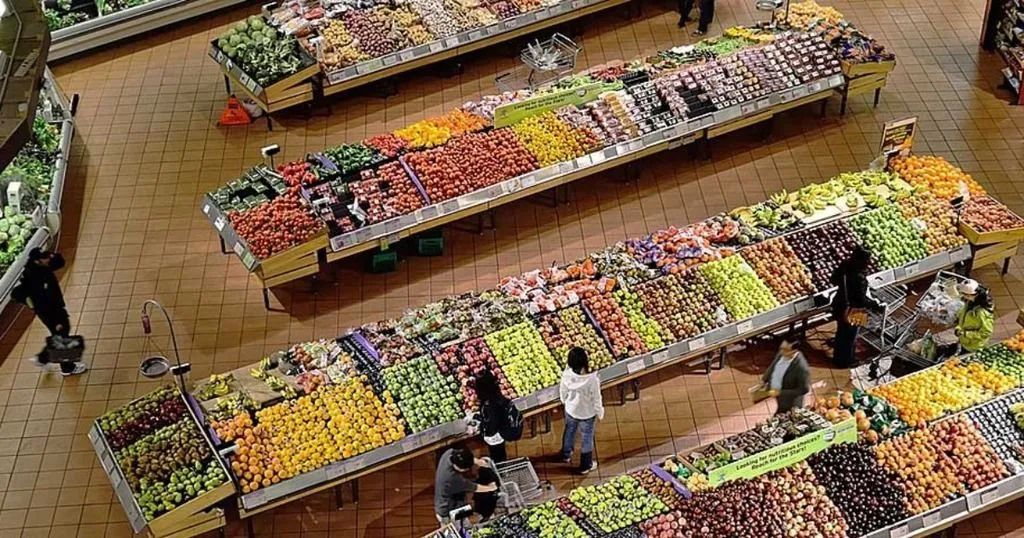
In order to win over the hearts and minds of consumers, businesses need to know how and why their customers make decisions. What predicts a sale, and what causes consumers to buy from a particular brand over another? Additionally, how do consumers make positive associations with products, and what factors go into creating the best shopping experience possible?
You can get answers to all these questions by taking a deeper look at consumer behavior, or the study of how emotions, attitudes, and preferences affect buying behavior.
The benefits of unobtrusive observation
Traditionally, researchers often used questionnaires to gauge consumer attitudes and preference. However, questionnaires are unable to provide an unbiased response, as consumers might feel pressured to provide socially desirable answers.
It is generally in our nature to try to please the people we are talking to, so subjects who answer questionnaires often subconsciously give answers they think will be pleasing.
Furthermore, paper and pencil measures such as questionnaires are often less accurate, require some sort of data entry in order to log results, and can be seen as intrusive to consumer privacy. To remedy this, companies are increasingly shifting towards using measurements that can provide an unbiased view of consumer buying behavior.
Case Study: The Restaurant of the Future
One way to do this is to actually record behaviors on video. To get a better understanding of the role that situational factors play in food choice, the ‘Restaurant of the Future’ in Wageningen, The Netherlands, observed restaurant visitors in conditioned situations for prolonged periods. When it opened in 2007, it used Noldus’ The Observer XT behavioral coding software, cameras, PC’s, and microphones, to monitor factors like how light, color, sound, and presentation affected consumer behavior.

Though the ‘Restaurant of the Future’ is no longer running as a research facility, while it was active it functioned like “a living lab”.
According to NPR’s interview with Rene Koster, co-founder and manager of the restaurant, “Every day we could have a project ongoing. And the people that come here are not aware if there's a project ongoing or not, basically because they don't see it. On one hand, it's a normal restaurant run by professionals where people come and have an enjoyable meal and there could be research ongoing, but you don't feel it, you don't smell it, you don't taste it.”
By filming consumers in a controlled, yet naturalistic environment, you can discover insights into the motivational drivers of their behavior.
Want to learn more? Check out this Webinar
If you’re interested in learning more about unobtrusive information, click here to download a PDF of Noldus’ webinar hosted by L&E, “The What, When, Why & How of Unobtrusive Observation.”
Analyzing consumer movement
The ‘Restaurant of the Future’ is not alone in its research. To get a better idea of its consumer movement, Jan Linders supermarket teamed up with Noldus to answer this question: Do customers predominantly walk the same (common) route, and is it possible to change this most commonly followed route by changing the layout of the supermarket and/or the placement of certain products?
Case Study: Jan Linders
To do this, Jan Linders used TrackLab, a tracking technology that lets you import accurate and reliable tracking data offline or in real-time. With TrackLab, it is possible to monitor specific zones for activity and design algorithms to detect and classify key behaviors. Once specific zones of interests were defined within the supermarket, TrackLab sensors were installed, and customers were tracked for two weeks.
Tracking was voluntary, and 4,500 people agreed to wear an ultra wideband tag during their normal shopping routines. Based on the data acquired, Jan Linders was able to pinpoint the most commonly walked routes, as well as customer “hot spots” and “cold spots” using heat maps.
As a result, changes were implemented to successfully direct customers towards specific areas and influence the products they buy.

Using eye tracking in attention based studies
Another way to track the movement of consumers in stores is by using eye tracking. Both marketers and research teams use this technology to better understand consumer buying behavior. Our Noldus partner, Tobii Pro, supplies eye trackers that can help capture shoppers’ habitual and subconscious behavior naturally and without bias.
By using wearable eye trackers on study participants, researchers can reveal what truly attracts attention and can better understand the entire shopper experience.
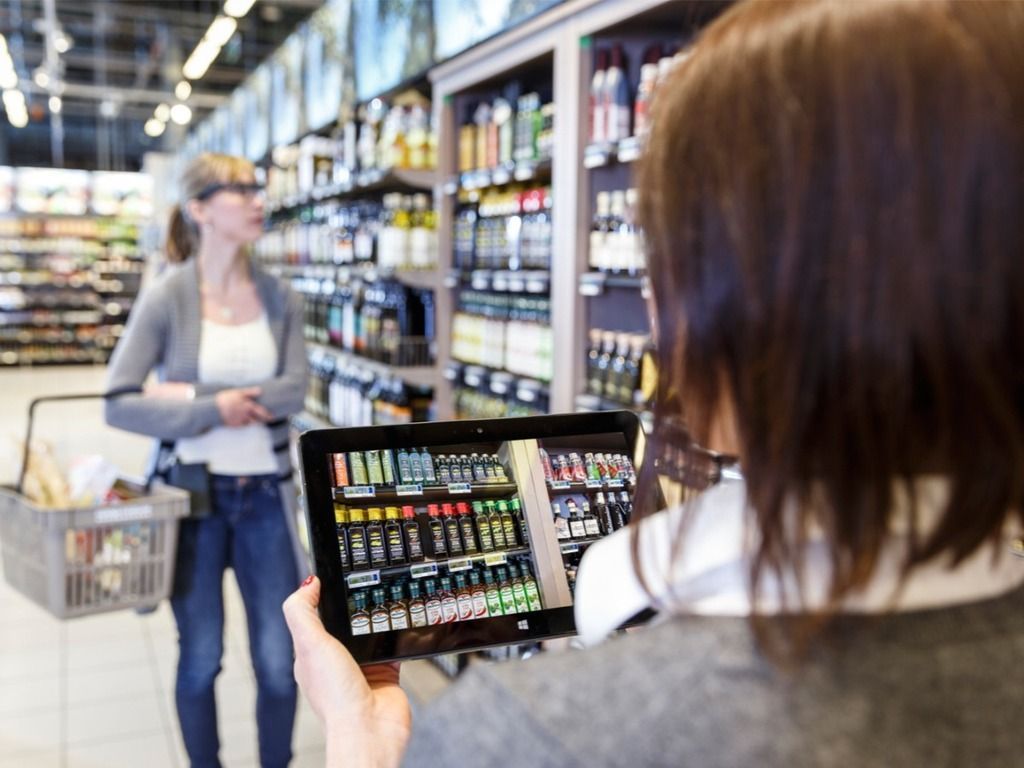
Photo ©Tobii AB
In an email communication with Small Business Trends, Mike Bartels, senior research director at Tobii Pro, stated, “The researchers are able to watch a live feed of each consumer’s attention in real-time and through subsequent data analysis answer a number of critical questions about their customers.”
Case Study: FDA
For example, a recent study conducted by eye tracking research consultancy Tobii Pro Insight on the behalf of the Food and Drug Administration (FDA) studied the attention being paid to nutritional labeling in the grocery store aisle.
According to the Progressive Grocer, the study revealed that customers spend the majority of their time looking at branding and product imagery. As a result, the FDA concluded there is room for improvement in conveying nutritional information to consumers.
Eye tracking in advertising
Eye tracking is also helpful to determine how advertising is reaching its audience. With so many consumers actively tuning out or unconsciously ignoring ads, researchers are trying to get a better idea of how to make campaigns more effective.
According to a study by InSkin Media, Research Now, and Sticky, eye tracking revealed that an online ad must be on the screen for 14 seconds to have any chance of being viewed. The study also uncovered other valuable insights such as how gaze time differs by ad format and how clutter affects ad recall.
Gauging consumer emotion
Measuring consumer emotions is another way in which you can make an effort to improve customer experience. A big part of deciding to buy something comes from emotions on both the conscious and subconscious level. Moreover, when it comes to customer buying behavior, being able to read into these reactions is key.
For example – if you are able to get feedback on your products or services through obvious positive or negative sentiments, you can get a better idea of how to improve your investments, please your customers, and improve your ROI.
Case Study: Instituto Universitário de Lisboa, Portugal
A number of factors can influence brand loyalty, but one of them is most assuredly emotion. Researchers José Chavaglia Neto and José António Filipe set out to test this by measuring consumer facial expressions as a way to look into the value of advertisements. During their study, they used a commercial related to Apple to see if they could derive any insights that might improve the brand’s marketing communication strategy.
Using FaceReader, they were able to pinpoint specific moments of interests that stood out on emotion curves. By mapping consumer emotions, not only can you get a better look at responses to your marketing material – you can understand key drivers of emotion and how to better incorporate them into your brand.

Analyzing autonomic responses and facial expressions
Facial expressions alone can be powerful insight tools, but when you add physiological analysis to the mix it gets even better! To gain a deeper understanding of how to recognize fullness, Wei Hei and researchers from Wageningen University and the University of Geneva measured sensory-specific satiety by analyzing autonomic nervous system responses and facial expressions. By doing these types of tests, they hoped to see how novel behavioral research testing could provide value for consumer behavior studies in the future.
The food was separated into three groups: 1) same food, 2) similar uneaten foods, and 3) different uneaten foods. Four test foods were chosen (two sweet, two savory) and given to 24 female participants.
While they ate, they faced a camera for optimal analysis via Noldus FaceReader software and were hooked up to Mindware Technologies BioLab physiological response acquisition software. After the researchers analyzed the facial expression results offline, they then imported it into The Observer XT to synchronize both sets of data.
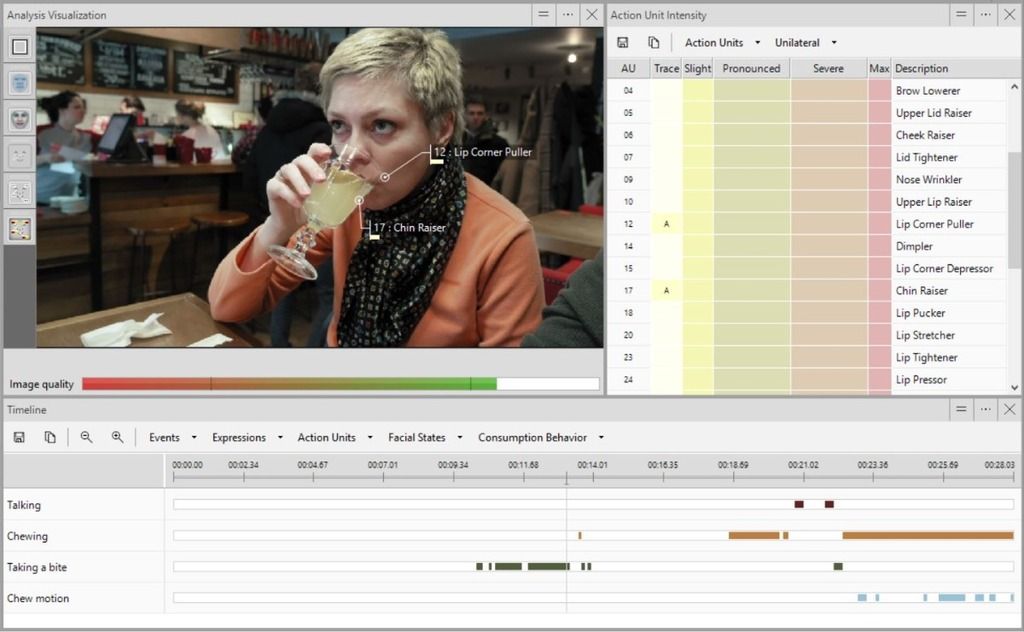
The influence of anticipation
This gave them the ability to position all acquired data in one timeline, and the results of the study were interesting. While participants ate their food, they had an increase in heart rate, reduced skin conductance and skin temperature, and an increase in anger and disgust facial expressions. This suggested that in this case, satiety could be a result of a change in emotion as the foods’ anticipatory pleasantness decreased. Perhaps anticipation is sometimes better than the real thing!
In fact, if you think about it, anticipation has a huge impact on many of our decisions. According to Insights Association, anticipation influences our goals and decisions, and quite a wide variety at that. For example, we might anticipate our competitors’ responses when playing a game, an exciting vacation, what foods we should and should not eat, or how someone will respond to a compliment.
Looking at it through the lens of business, decision-makers must anticipate future customer needs as well as how customers might react to new initiatives in order to better direct consumer buying behavior towards a favorable outcome.
Safeguarding consumer privacy
Recently, the troubling issue of consumer privacy (or lack thereof) has been on many people’s minds. There are cases where monitoring and trying to anticipate consumer behavior can go too far – while the participants in the Jan Linders study were aware they were being tracked, not all consumers have that benefit.
For example, retail analytics technology often comes with privacy trade-offs. According to the Federal Trade Commission (FTC), newer approaches include active and passive monitoring of signals from individuals’ personal devices. Active monitoring communicates with cellular providers or WiFi connection, while passive monitoring intercepts signals from devices while they communicate with other devices and networks.
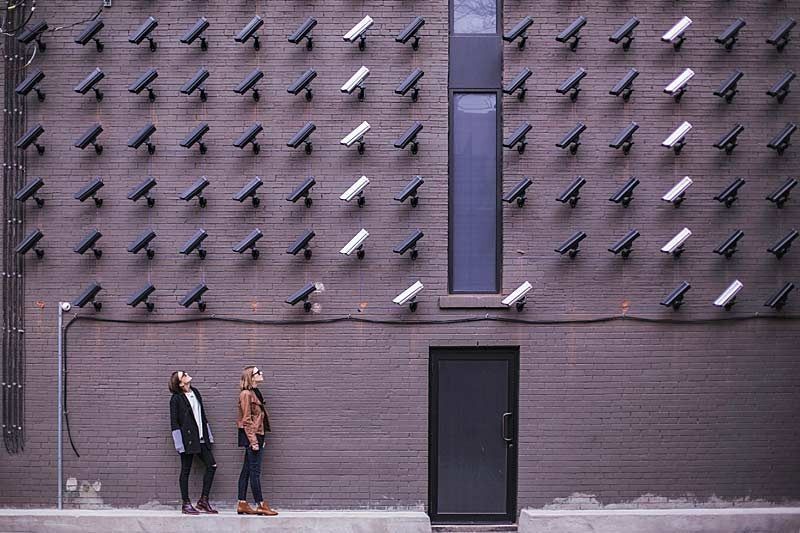
While active monitoring typically gives consumers notice of their tracking approach, not all retailers adhere to this standard. As for passive monitoring, many techniques typically operate under an opt-out method.
Suggestions for privacy best practices
So, what can businesses do to safeguard consumer privacy? In a 2012 report, the FTC focused on three broad principles. The first, privacy by design, encourages companies to build in privacy at every stage of product development. Second, businesses and consumers should have a simplified choice and be able to make decisions about their data at a relevant time and context. Third, all businesses should have greater transparency and make information and use practices clear.
The Noldus mission
Noldus’ mission is to facilitate data exchange and insights discovery, allowing you to make results rapidly and easily available, anytime and anywhere, while safeguarding privacy and security. By listening to our stakeholders and sharing our knowledge, we are inspired by scientific and societal challenges and strive to respond to the demands of today and prepare for those of tomorrow. For more details, please check out our privacy policy.
References
- https://en.wikipedia.org/wiki/Consumer_behaviour
- https://www.npr.org/templates/story/story.php?storyId=104206583
- https://smallbiztrends.com/2018/12/eye-tracking-shopper-behavior.html
- https://progressivegrocer.com/how-eye-tracking-can-unlock-consumer-insights
- https://www.sticky.ai/blog/online-ads-need-to-be-viewable-for-14-seconds-to-be-seen
- https://www.insightsassociation.org/article/power-anticipation-and-its-influence-consumer-behavior
- https://www.ftc.gov/news-events/blogs/techftc/2015/04/privacy-trade-offs-retail-tracking
- https://www.insightsassociation.org/article/new-ftc-data-privacy-report-poses-challenges-marketing-research
Related Posts
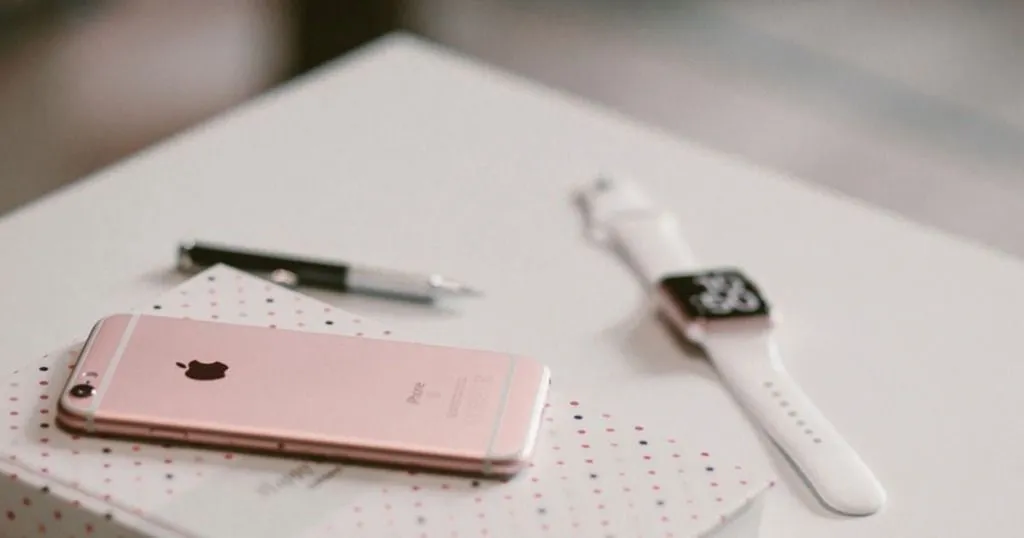
The value of facial expression analysis in advertisements

What behaviors to focus on – Airport passenger experiences
